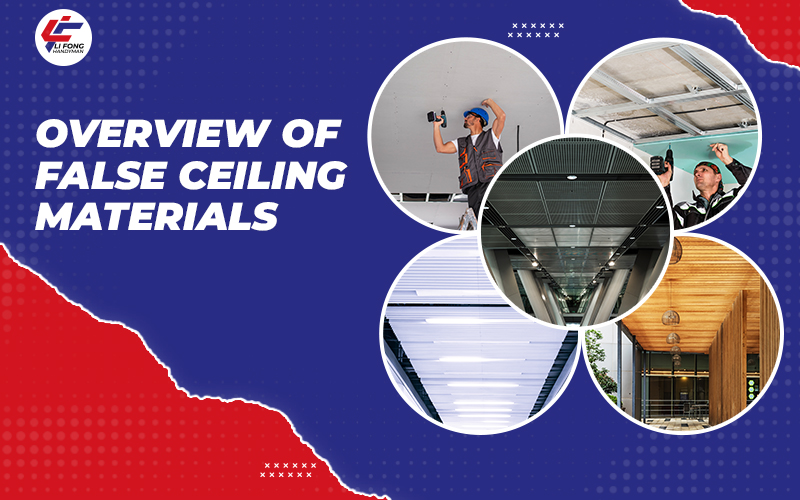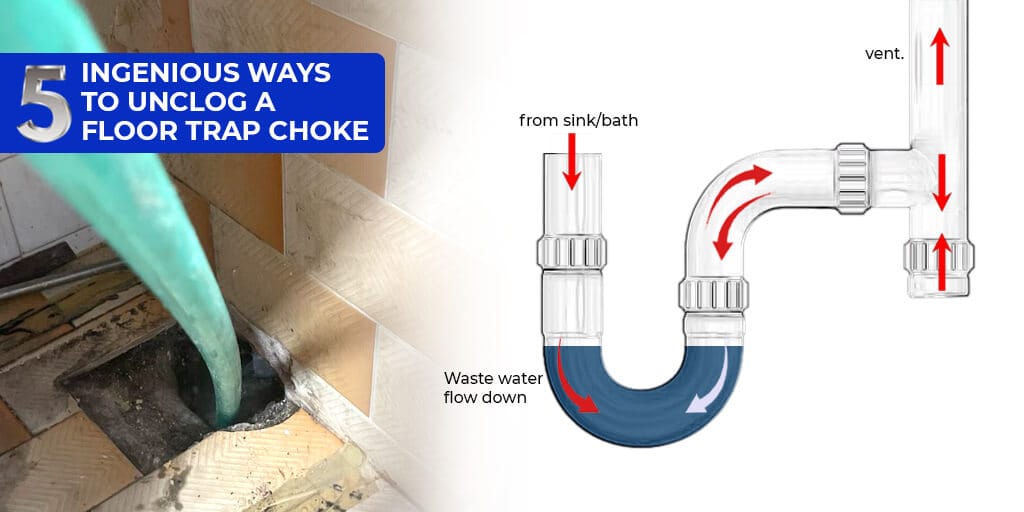Are you interested in changing your room? Do you want to improve the look and feel of your home or office? Then all you need is the right ceiling.
False ceilings do more than just cover up wires and pipes, they can completely change the environment. Not only do they make the room look cleaner and modern, but they also help with lighting, noise control, and energy savings. But the best ceiling for you will depend on your needs, budget, and style. In this guide, we will help you choose the right false ceiling type that’s perfect for you.
Factors to Consider When Choosing a False Ceiling
Here are a few things to consider about your ceiling before deciding anything:
Purpose of the Space
- Residential vs. Commercial: False ceiling material varies depending on whether it’s for your home or office. Homes often need warm, welcoming designs, while offices call for clean, practical ceilings that support lighting, sound control, and productivity.
Room Functionality
- Room Functionality: Different rooms have different needs. For instance, kitchens and bathrooms may need moisture-resistant materials, while conference rooms require soundproofing.
Aesthetic Preferences
- Design Styles: Choose a ceiling design that complements your room’s style, whether it’s modern, traditional, or minimalist.
- Color Schemes and Textures: Your ceiling can blend in or stand out, it depends on how you choose colors and textures of your ceiling.
Functional Requirements
- Acoustic Properties: For quiet areas like home theaters or busy open offices, use acoustic ceilings for better sound insulation.
- Thermal Insulation: Gypsum ceiling panels are excellent for regulating room temperature.
- Moisture Resistance: For humid areas, you can use PVC ceilings or metal ceilings to avoid warping, staining, or growing mold.
Budget Constraints
- Material Costs: If you’re on a tight budget, consider using gypsum or PVC ceilings. They are more affordable compared to wooden ceilings.
- Installation & Maintenance: Metal, stretch fabric, and plaster ceilings are highly durable but they are expensive. Before deciding on the materials think about both installation and maintenance cost.
Overview of False Ceiling Materials

Understanding each material helps you make the right choice. Let’s look at some of the most popular materials:
Gypsum Ceilings
- Advantages: Gypsum ceiling panels offers a clean, smooth finish and is great for modern designs. It’s also fire-resistant and works well in most rooms.
- Considerations: It can absorb moisture over time. So it’s best if you don’t use it for bathrooms or other damp areas.
Plaster of Paris (POP) Ceilings
- Advantages: POP is perfect for detailed work and curved designs. It will give you a seamless finish.
- Considerations: You will need a professional for this otherwise, it may crack over time.
PVC Ceilings
- Advantages: PVC ceilings are waterproof, easy to clean, and don’t attract termites. This piece is for low-maintenance areas such as kitchens or laundry rooms.
- Considerations: It’s highly functional but doesn’t have the premium look of other materials, such as wood or POP materials.
Wooden Ceilings
- Advantages: Wood brings a natural warmth and elegance to a room. Also it’s a great thermal and acoustic insulation.
- Considerations: It’s expensive and requires constant maintenance to prevent termites.
Metal Ceilings
- Advantages: They are stylish, highly durable, and fire-resistant. They’re also easy to clean and long-lasting.
- Considerations: They can dent very easily and need special coatings to prevent rust, especially in humid environments.
Matching False Ceiling Types to Specific Spaces
Before deciding on the ceiling, you need to take a step back and understand the room. Here’s what you need to know,
Living Rooms and Bedrooms
- Recommended Materials: You want your bedroom and living room to be relaxing, welcoming, and comfortable. You can easily do it with Gypsum or POP ceilings.
- Design Tips: Add soft cove lighting or recessed lights to set a calm, peaceful mood.
Kitchens and Bathrooms
- Recommended Materials: For kitchen and bathroom, you need something solid and moisture-resistant like PVC ceilings or metal ceilings.
- Design Tips: Make sure to leave easy access for plumbing and electrical issues.
Office Spaces
- Recommended Materials: You can use Metal or gypsum ceilings to create a professional and polished workspace.
- Design Tips: Use acoustic panels to cut down on noise so you can focus.
Installation and Maintenance Considerations
False ceilings surely can upgrade your spaces but it all depends on how they are installed and maintained. Here’s what you should know:
Professional Installation vs. DIY
- Pros and Cons: Some ceilings, like POP or wood, need professional help. Simple ones like PVC ceilings might seem DIY-friendly, but even then, a professional can do it faster and cleaner.
Maintenance Requirements
- Cleaning and Upkeep: Try to regularly dust wood, wipe PVC with a damp cloth, and avoid harsh cleaners on metal. A simple routine of cleaning can give your ceiling a new look.
- Repair and Replacement: Gypsum can easily stain or crack, and wood may need refinishing. By knowing these signs early, you can fix them immediately.
Conclusion
Picking the right false ceiling type isn’t just about looks, it’s what you need. Gypsum ceiling and POP are great for clean designs, PVC ceiling and metal work best in damp areas.
Now that you know what best for each space, go with what makes you feel comfortable, confident, and at home. Choose one that’s budget-friendly and long-lasting. With the right false ceiling, you can easily enjoy your space more and instantly elevate your home.
FAQ
- Which false ceiling is best for a home?
You can use gypsum or POP as they go with almost every style. - What type of ceiling is best for an office?
To create a professional vibe in a office, you can use metal or gypsum. They can handel lights and acoustics better. - Which ceiling is strong?
Metal ceilings are strong, durable, and fire-resistant. - How to select a false ceiling design?
You can select your false ceiling design by analyzing your space, style, use, and budget.

